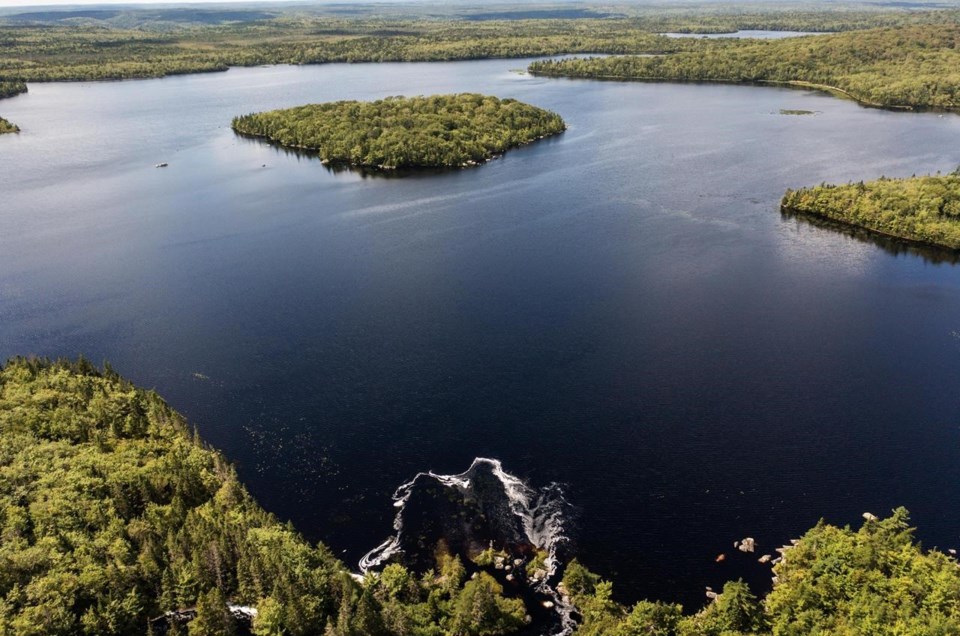GUYSBOROUGH, N.S. — The Nova Scotia government has announced a new provincial wilderness area in Guysborough County, protecting a lake that has been eyed as a water source for a proposed gold mine.
Agriculture Minister Greg Morrow said Monday that the Archibald Lake Wilderness Area will cover nearly 700 hectares of old-growth forest, lakes and wetland near Nova Scotia's eastern shore. The area includes Archibald Lake, McDonald and Rocky Lake, which feed into Archibald Brook, a tributary of the St. Mary's River.
Atlantic Mining Nova Scotia Inc., a subsidiary of Australia-based St Barbara Ltd., had proposed a temporary gold-mining site on Cochrane Hill, using Archibald Lake as its primary water source and discharging treated wastewater back into the river system.
Morrow, who is also provincial representative for the region, said the importance of protecting the area was impressed on him when he was door-knocking during the 2021 provincial election campaign.
People would have tears in their eyes, he said, when they talked about how the area needed to be protected.
“This has been a long time coming,” he said, “the community is very passionate about the protection of Archibald Lake.”
Morrow said resource extraction is not permitted in the wilderness area, but St Barbara said it’s committed to developing a gold mine at Cochrane Hill and will “assess the impact” of Archibald Lake’s new protected area status.
The company maintains Archibald Lake would not be jeopardized by the project, saying "mining operations across the globe co-exist with lakes, rivers and streams and do it in a way that balances mining operations with healthy eco-systems.”
In a written statement, the company said its gold mine would create hundreds of “long-term” jobs and generate “hundreds of millions of dollars in economic activity in rural Nova Scotia,” though the mine is only expected to be operational for a few years.
But Morrow said the wilderness area will also be an economic driver for the region as a tourist attraction.
Morrow said nearly 300 hectares of the protected area is old hardwood forest, and the area is home to Atlantic salmon, brook trout and the endangered mainland moose, along with dozens of other species.Â
The area is also a popular spot for hunting and fishing, which are both allowed in wilderness areas.
Dierdre Green, Nova Scotia’s program director for the Atlantic Salmon Federation, said the province’s decision to designate the wilderness area will protect the region’s environment and biodiversity for generations.
Mining and extractive activities can leach toxins such as arsenic, mercury and other heavy metals into the water system, “that would pose a direct threat to fish and wildlife,” she said in an interview.
The St. Mary’s River is a “broad watershed,” she said, and “is an area known by many to be a pristine habitat for countless at-risk species,” including wild Atlantic salmon.
The watershed is home to a resurging wild Atlantic salmon population that is "well on its way to recovery,” thanks to efforts by local conservation groups, she said.
“We’re seeing outstanding results in the population here,” she said. “You only have to be on this watershed for a day to see wild Atlantic salmon activity. That’s not something you see when the population is dwindling.”
This report by The Canadian Press was first published Aug. 28, 2023.
– By Marlo Glass in Halifax
The Canadian Press



